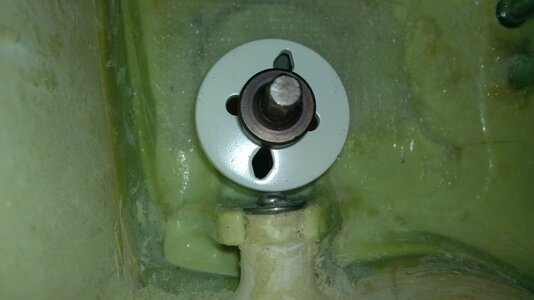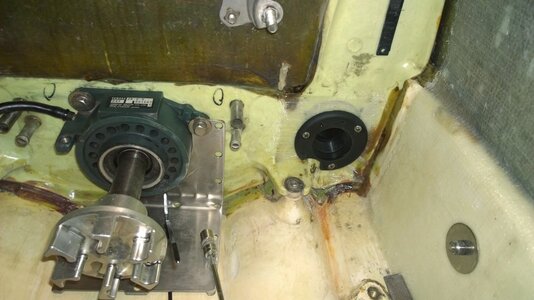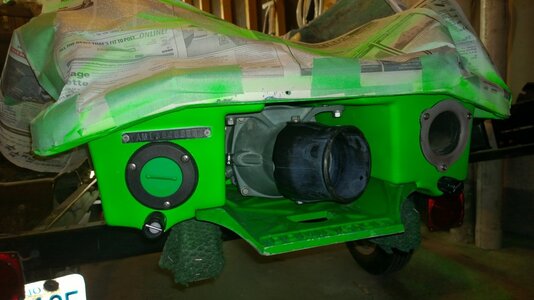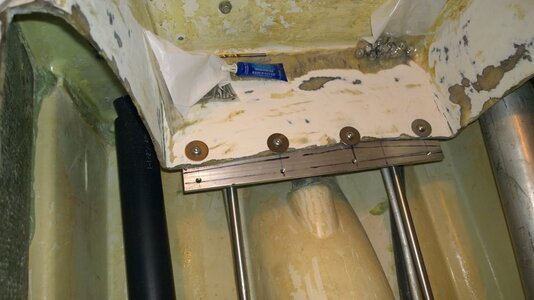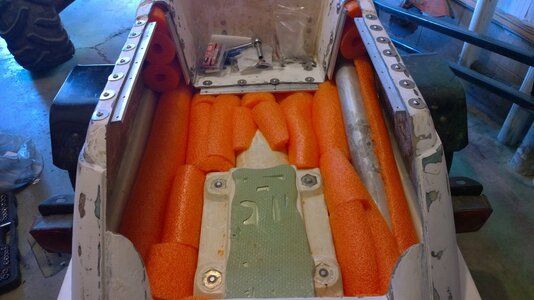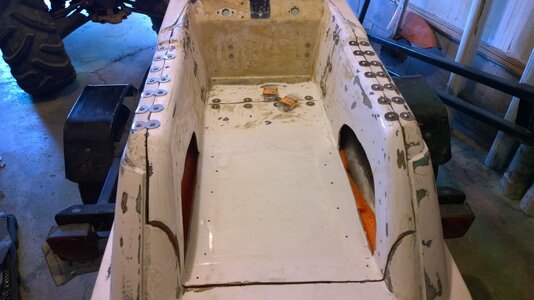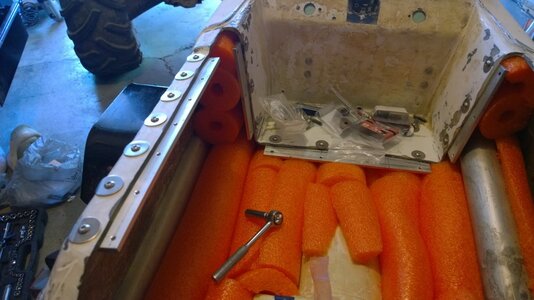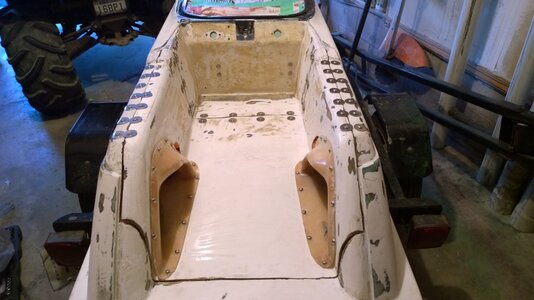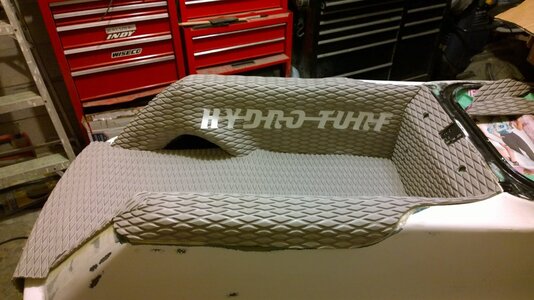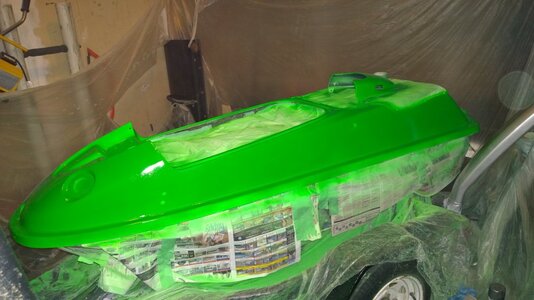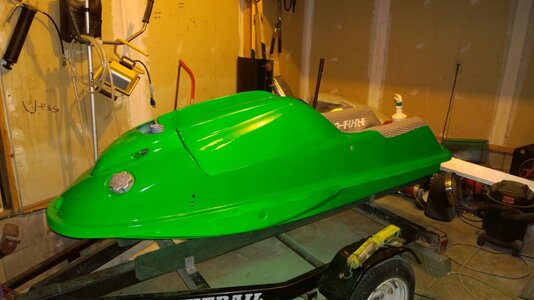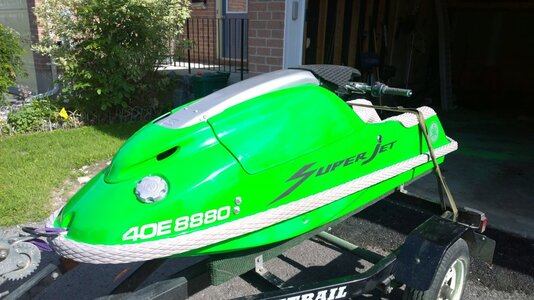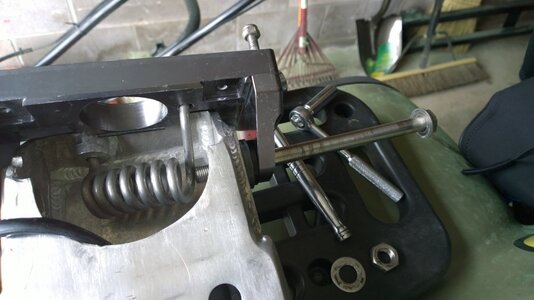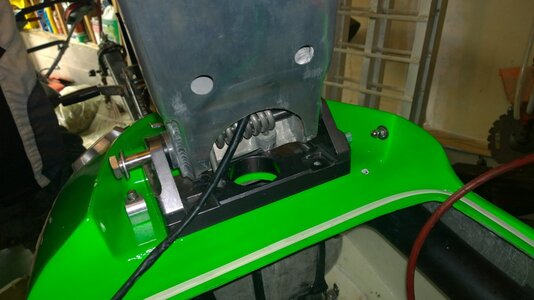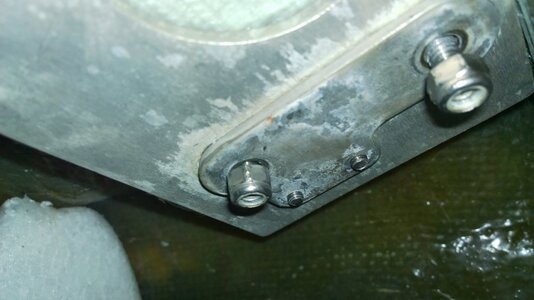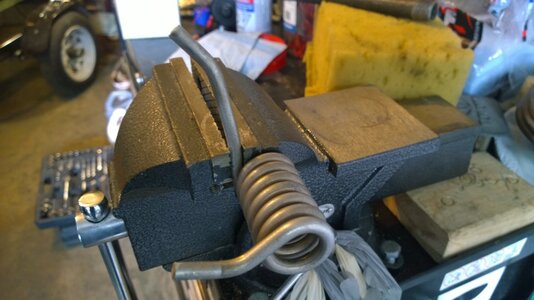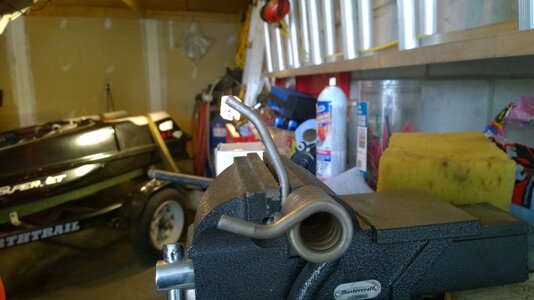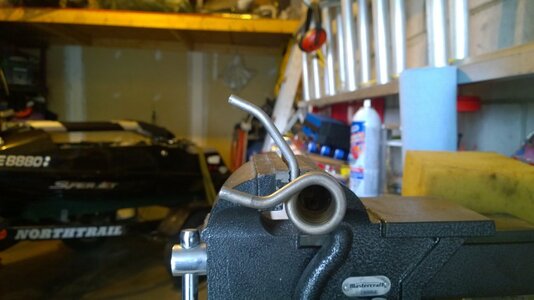I just wanted to do a little update to this thread in regards to an issue I have been dealing with since I bought my ski. All this time I thought my ski ran great and what I was getting out of it, albeit reasonably strong, was all I would get out of it. So over the course of last season I started encountering issues with what sounded like hitting the rev limiter. Eventually my coil died and failed to pass the multimeter tests. So that was replaced with a JetManiac Yamasaki coil. The ski ran quite well after that for the rest of the season but I still found the slight rev limiter issue. So I changed the pump seal and that brought back the proper engine load and no more rev limiter issues...for now. Well, this year, only a few rides out and the rev limiter issue started to surface again. I tried everything I could thinking that it was carburetor related. I changed the pop off pressures 3 times, each with the same results but the lower the pop off, the worse the running condition. Finally the running condition degraded to such a point that when I would try to rev up the engine while the ski was on the trailer I would see fire coming back up the intake manifold and through the bottom of the carbs. Once I saw the flames I knew the problem was not carb related anymore, it was strictly electrical/timing related. There were three possible scenarios to this, CDI, stator, or stator plate became loose and moved off of the timing marks. Well, I tested the stator with the multimeter and it passed with flying colors, right in the middle of the specs. So having a space CDI as a backup I thought I might as well try it. Put the ski back together, fired it up and revved it, no fire coming up the intake. I took the ski to the lake and sure enough the old CDI was done. The funny thing is, this issue has been haunting me here and there since I bought the ski 3 years ago. The performance of the ski now compared to when it ran the best I thought it had, is so far beyond different, it is indescribable. The ski now has easily 3 times more power than it ever had and no more rev limiter issues. The CDI cured the issues entirely. I read so many threads saying it most likely is a stator that I was expecting to have my ski down for a couple of weeks at minimum. But nope, a couple of hours after work, one replaced CDI and the ski is just a monster now. This makes me one happy camper, I hope this helps someone someday.


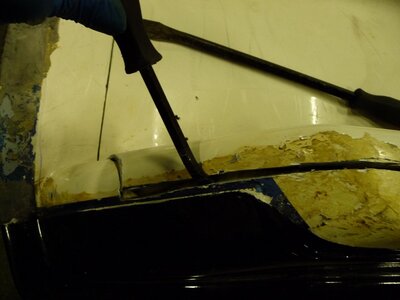
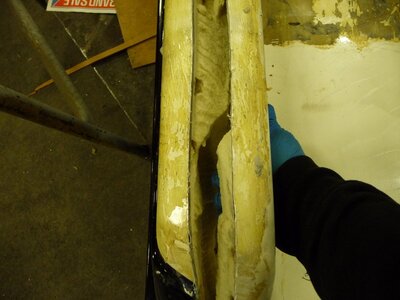

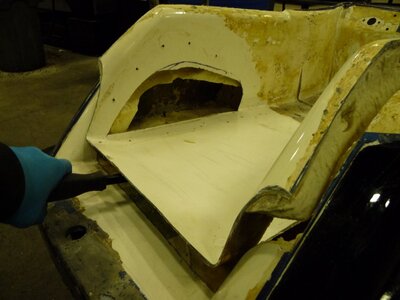
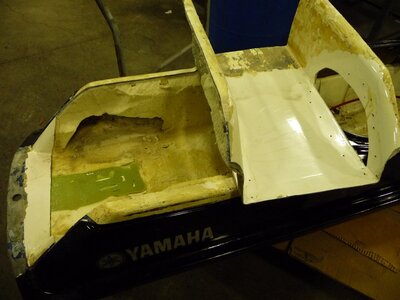


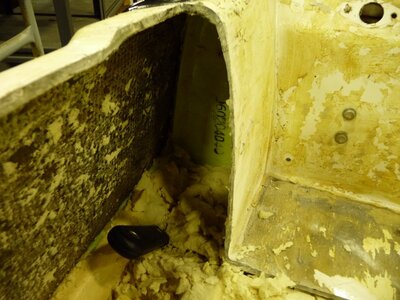
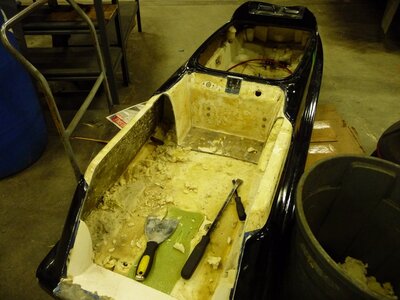
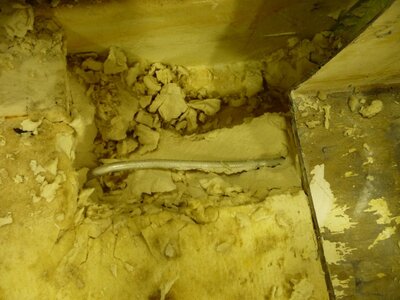
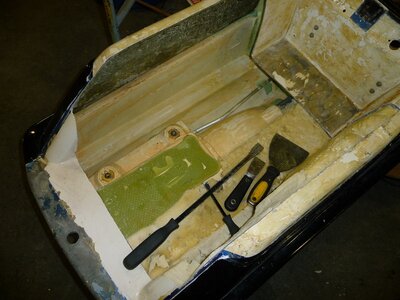

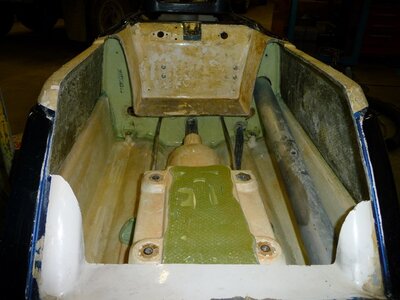

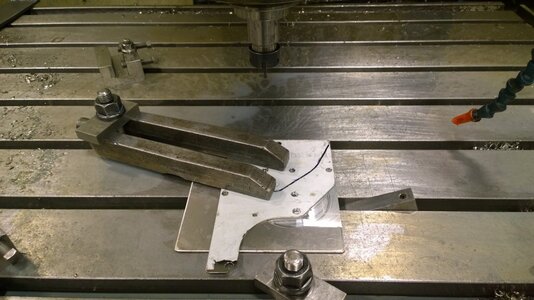

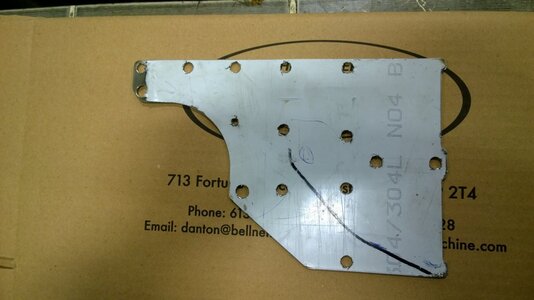
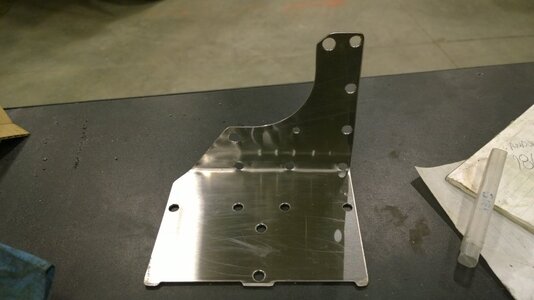

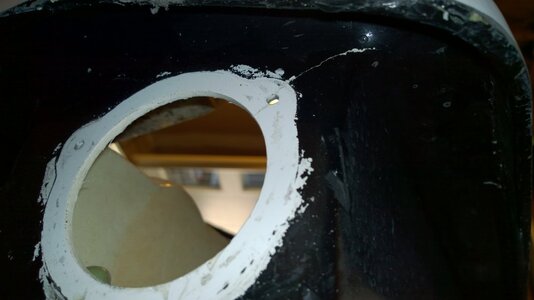
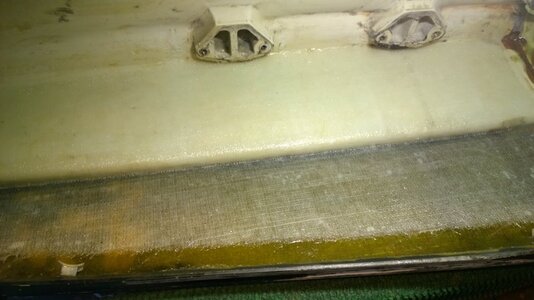
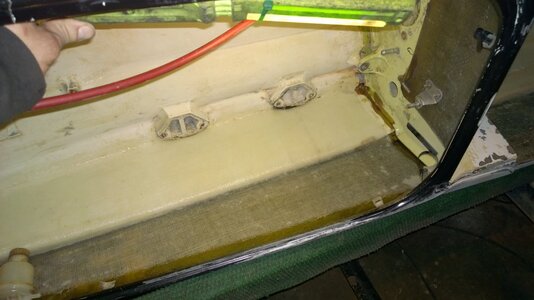
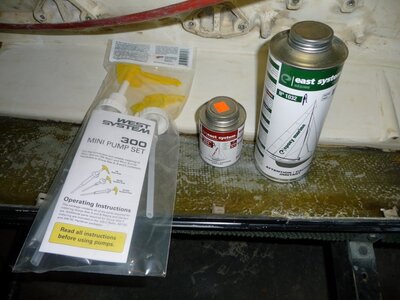
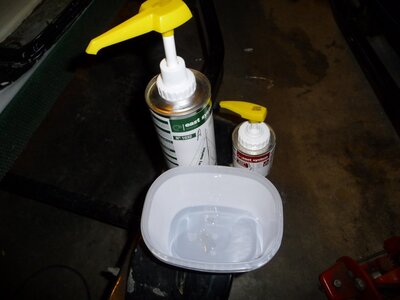
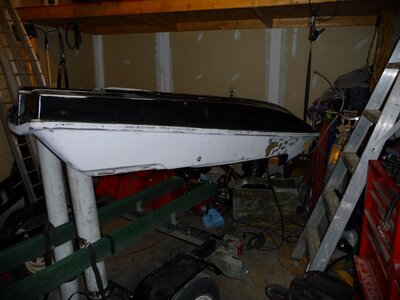
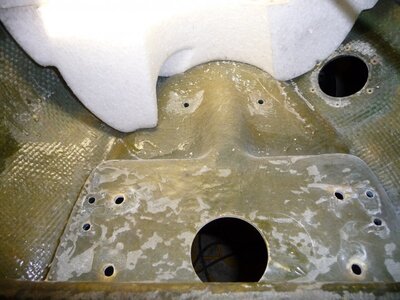


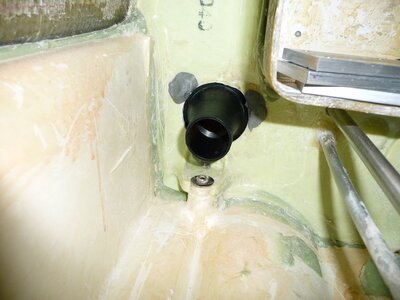
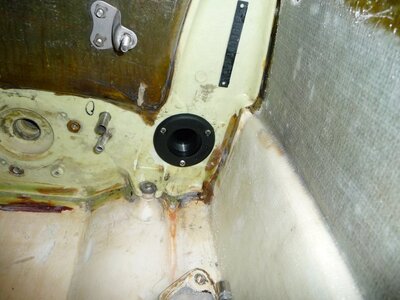
![WP_20150518_005[1].jpg](/data/attachments/192/192715-cdf690f99aef2539c74013fe3dd33c76.jpg)

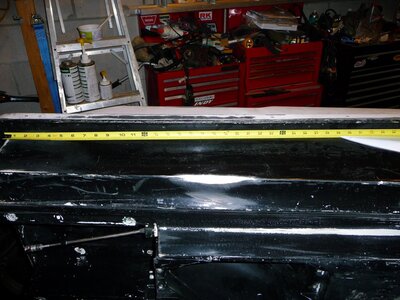

![WP_20150524_001[1].jpg](/data/attachments/192/192720-331a2939b61042485bf4d67cbbfa4194.jpg)
